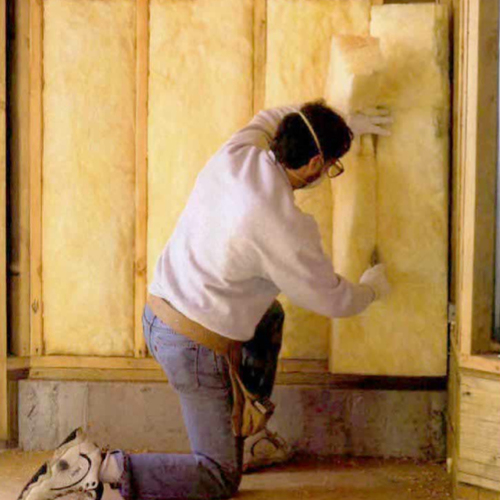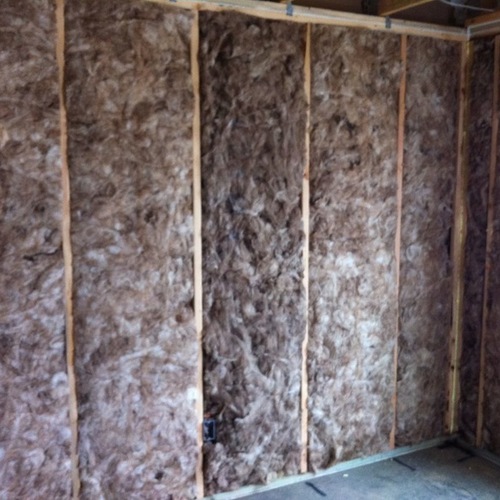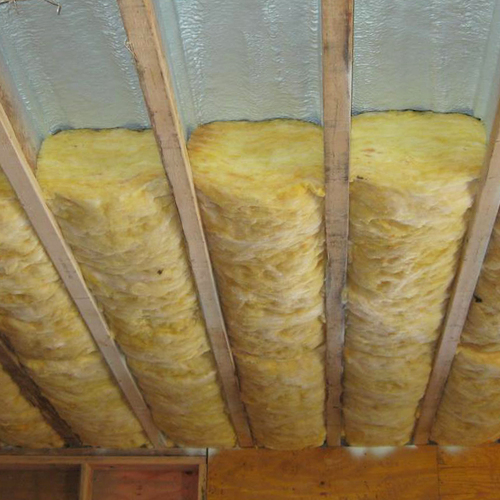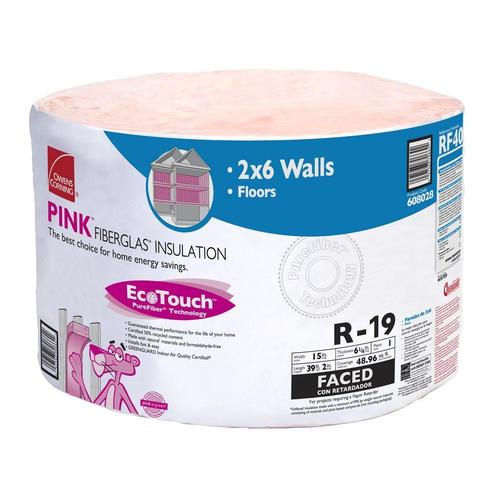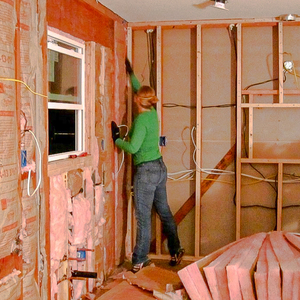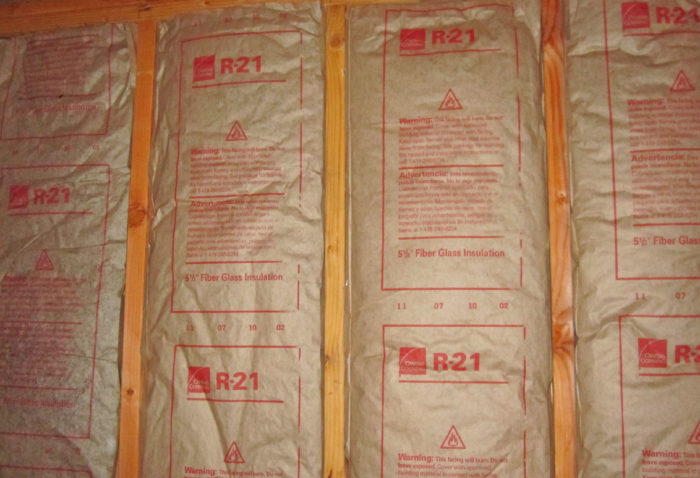
This is a list of the most important GBA articles about fiberglass insulation.
If you are looking for an index that spans all categories, with a special focus on “how to” articles, check out this resource page: “How to do Everything.”
-
Installing Fiberglass Right
Of all of the commonly used types of insulation — including cellulose, rigid foam, and spray polyurethane foam — fiberglass batts perform the worst. As typically installed, fiberglass batts do little to reduce airflow through a wall or ceiling assembly; rarely fill the entire cavity in which they are installed; and sometimes permit the development of convective loops that degrade insulation performance. Knowing this, why would any builder choose to install fiberglass batts? The answer is simple: because fiberglass batts cost less than any other type of insulation.
-
Batt and Blanket Insulation
Inexpensive and Easy to Handle, Batts are The Most Common Insulation UPDATED 8/21/2012
-
Blown Insulation for Attics: Fiberglass vs. Cellulose
Both perform better than batts and are less expensive than spray polyurethane. Neither is perfect.
-
Is Compressed Fiberglass Insulation Really a Problem?
I've been guilty of perpetuating a myth. Not long ago I wrote an article in which I said installing insulation, "cavities [should be] filled completely with as little compression as possible." But is compression really such a bad thing? Here on GBA, commenter Dana Dorsett wrote, "Compression of batts is fine (resulting in a higher R/inch due to the higher density) as long as the cavity is completely filled.”
-
Batt Insulation is Still Making Me Batty
I recently performed the pre-drywall inspection on a small home seeking LEED certification. The local building inspector had visited and approved the batts for covering up.
-
Grading the Installation Quality of Insulation
Six years ago, RESNET published a major revision of the HERS Standards, officially named the 2006 Mortgage Industry National Home Energy Rating Systems Standards. One important new feature in the standards was the grading of insulation installation quality. Before this change, R-13 insulation installed poorly (as shown in the second photo, below) was equivalent to any other R-13 insulation, including insulation with impeccable installation quality (as shown at the top of this article).
-
Should Batt Insulation Be Outlawed?
A significant amount of my work these days is certifying homes under one or more of the available green building programs in my area, including EarthCraft House, LEED, and the National Green Building Standard. Recently, I have inspected several homes that were insulated with fiberglass batts, and, not surprisingly, the quality of the installation was dismal. What I saw could have been an instruction manual on how not to insulate a house. Batts were cut 2 to 3 inches wider than the stud spacing and crammed into the cavities.
-
Flash-and-Batt Insulation
Closed-cell spray polyurethane foam insulation has several desirable characteristics. It’s an excellent air barrier, an excellent vapor retarder, and it has a high insulating value per inch (about R-6). Unfortunately, it’s also expensive.
-
Smelly Fiberglass Batts
I first heard about the problem of smelly fiberglass batts from Michael Maines, a builder and GBA blogger who lives in Portland, Maine. Maines sent me an e-mail saying, “The latest problem with fiberglass insulation is that it smells like burnt brownies!” I’ve collected a half dozen reports of this problem, all centering on EcoTouch brand fiberglass batts manufactured by Owens Corning. Two years ago, the company switched from a formaldehyde-based glue (or binder) to a new glue described as a “bio-based” binder.
-
Does Fiberglass Insulation Still Make Sense?
This article takes a close look at the various insulation choices (batts, blow-in, and spray) and discusses their pros, cons and costs. There is significant talk about air infiltration, the hazard it poses, and the best ways to insulate to avoid it.
